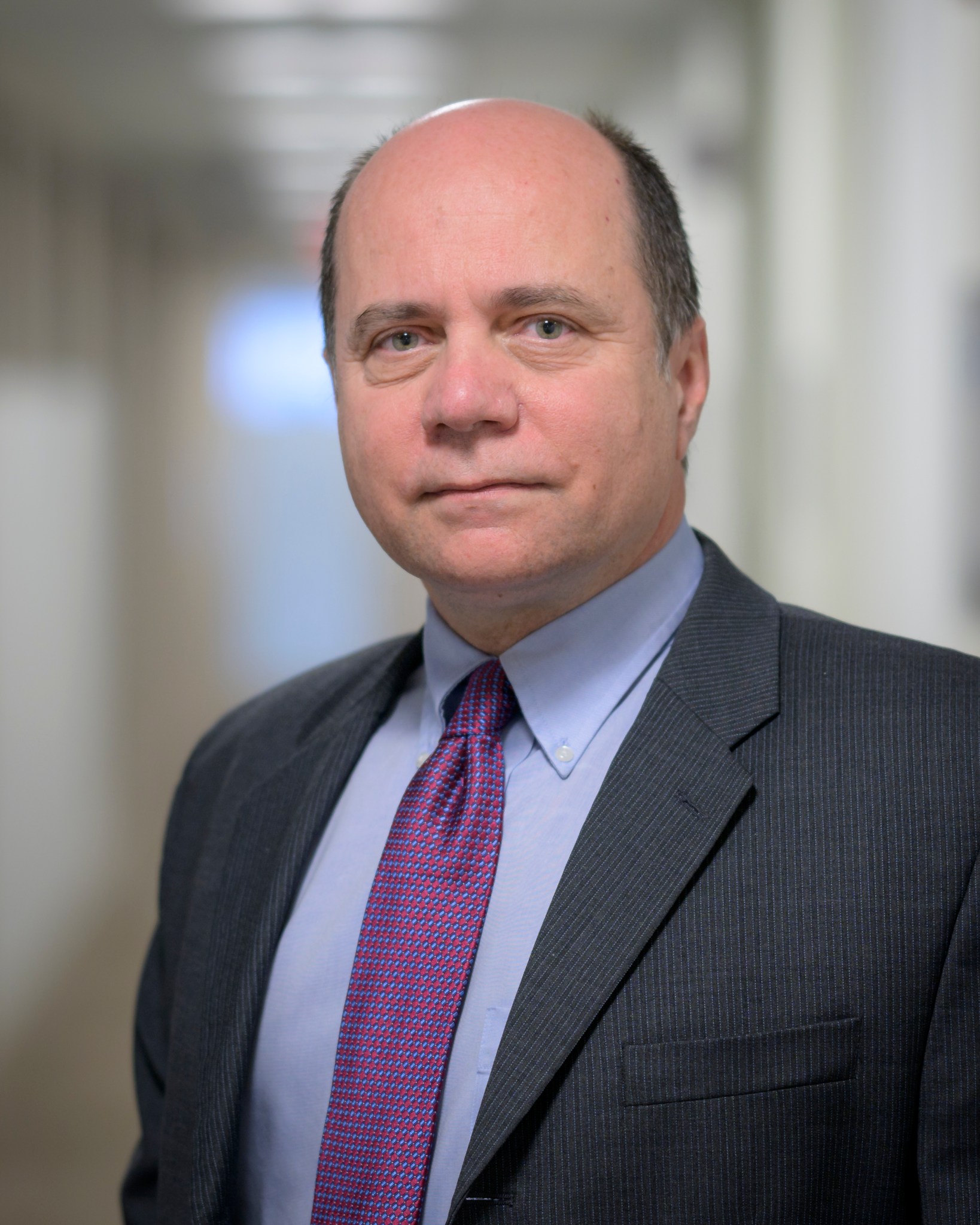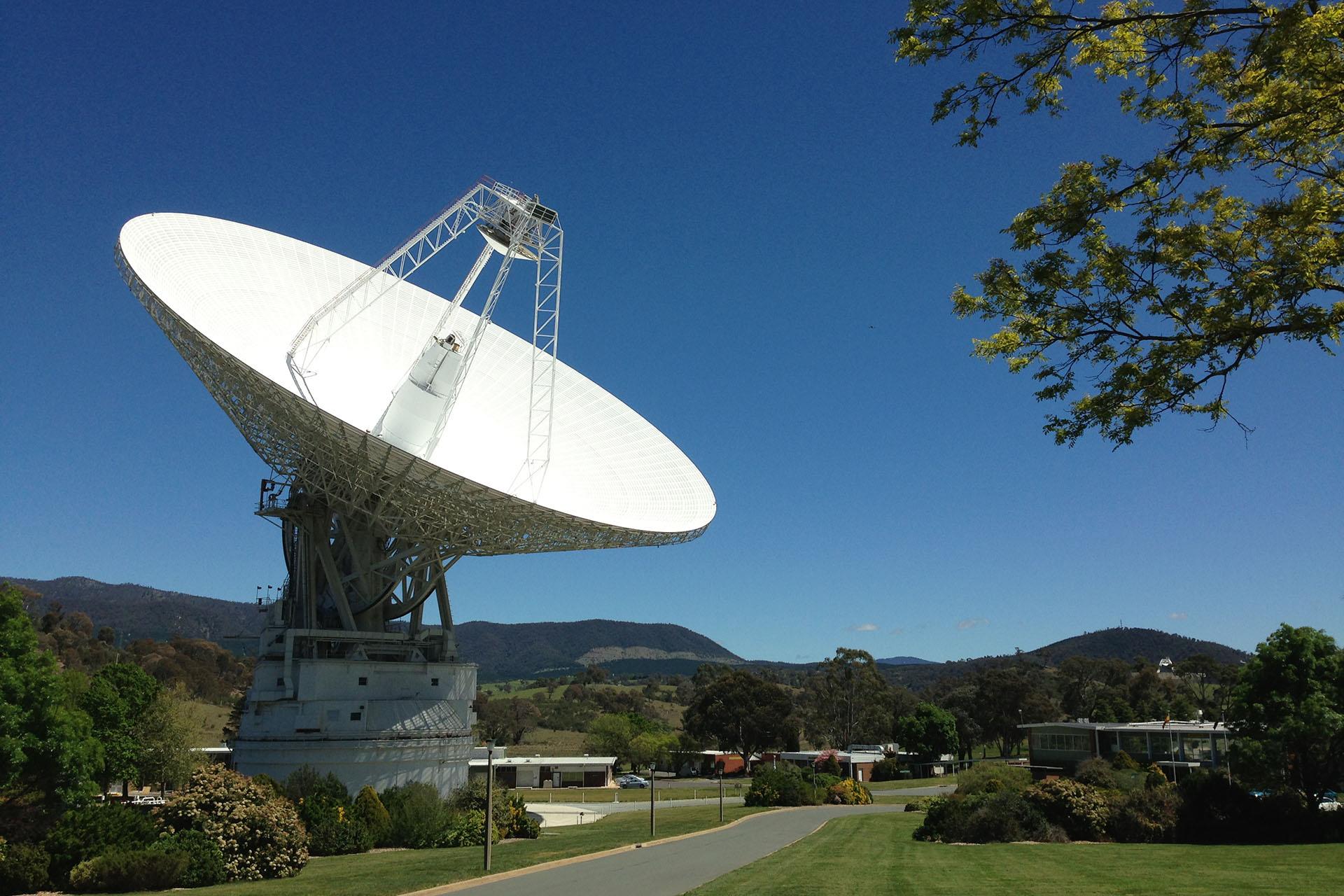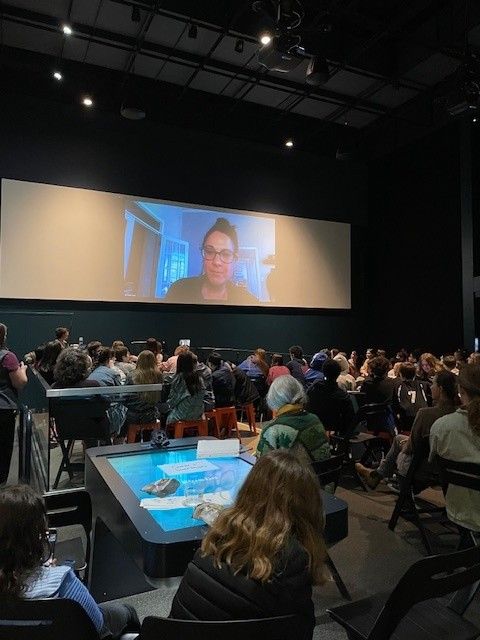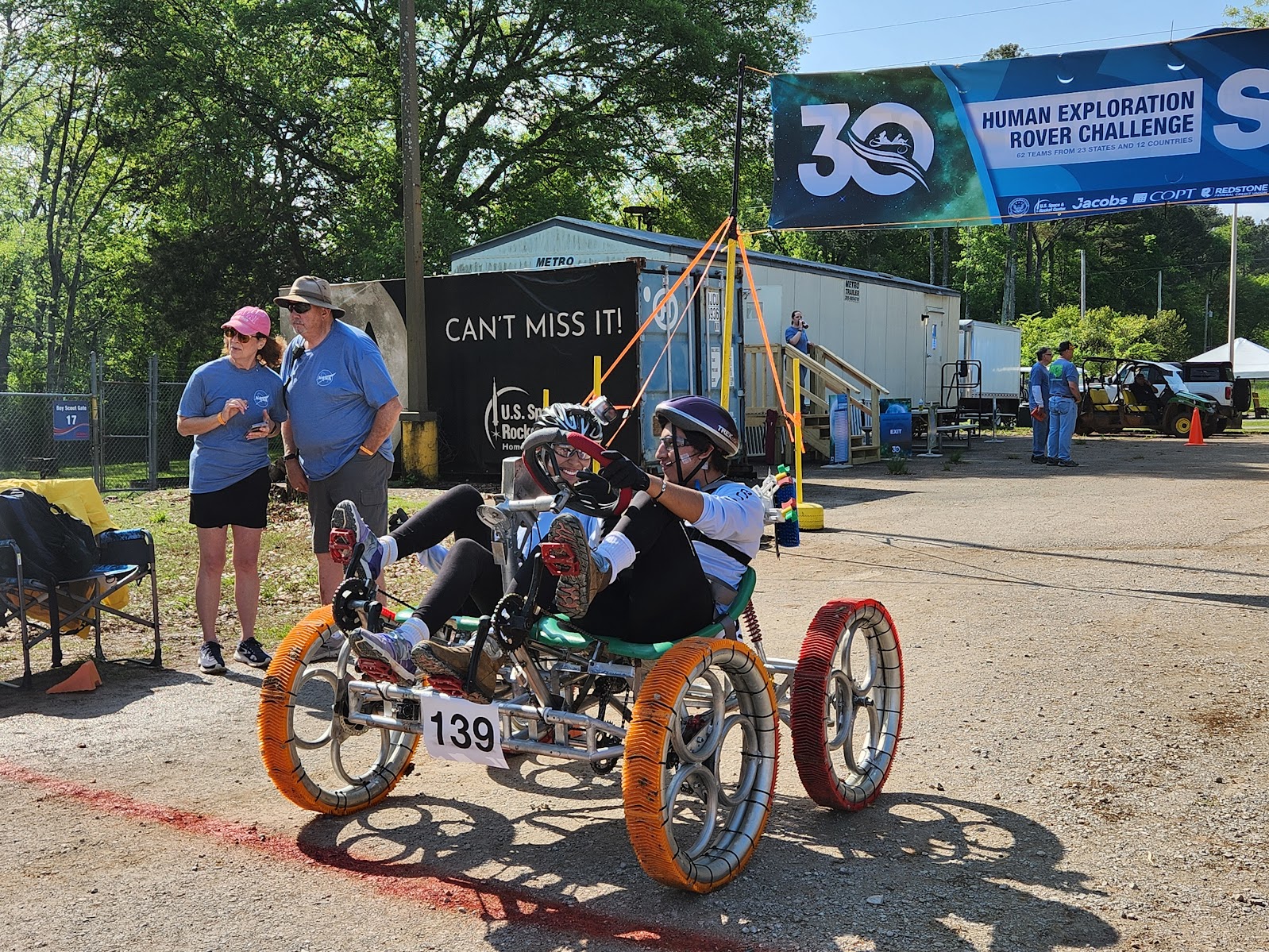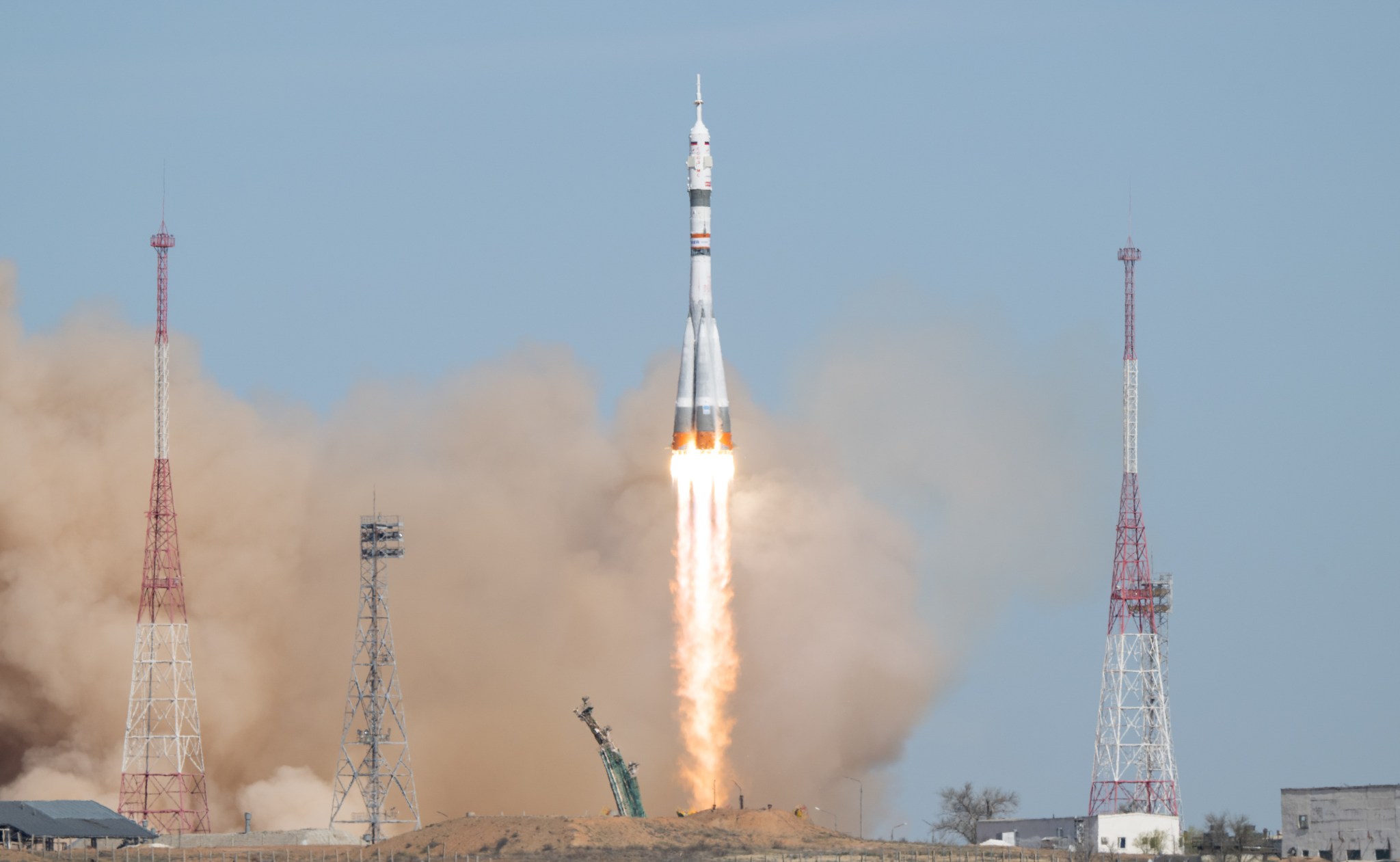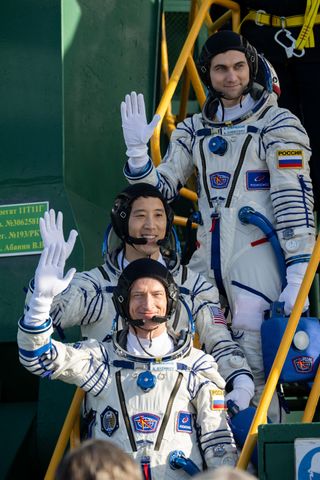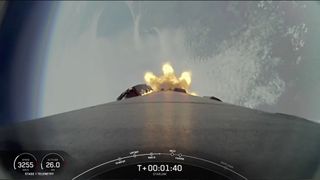2 min read Preparations for Next Moonwalk Simulations Underway (and Underwater) Portrait of David Mitchell, Thursday, Jan. 27, 2022, NASA Headquarters Mary W. Jackson building in Washington. NASA/Bill Ingalls David Mitchell, the Associate Administrator for MSD. Have you ever wondered how NASA manages to achieve all the incredible missions it does, like probing the Sun and studying the history of our Universe? We do it through teamwork, one of our core values. And an essential part of NASA’s team is what we call Mission Support. Mission Support makes sure NASA’s…
Read MoreAuthor: NeRD
Sixty Years in Canberra: NASA’s Deep Space Network
NASA Deep Space Station 43 (DSS-43), a 230-foot-wide (70-meter-wide) radio antenna at NASA’s Deep Space Network facility in Canberra, Australia, is seen in this March 4, 2020, image. DSS-43 was more than six times as sensitive as the original antenna at the Canberra complex, so it could communicate with spacecraft at greater distances from Earth. In fact, Canberra is the only complex that can send commands to, and receive data from, Voyager 2 as it heads south almost 13 billion miles (21 billion kilometers) through interstellar space. More than 15 billion miles…
Read MoreFindings from the Field: A Research Symposium for Student Scientists
Explore This Section Science Science Activation Findings from the Field: A… Overview Learning Resources Science Activation Teams SME Map Opportunities More Science Activation Stories Citizen Science 3 min read Findings from the Field: A Research Symposium for Student Scientists Within the scientific community, peer review has become the process norm for which an author’s research or ideas undergo careful examination by other experts in their field. It encourages each scientist to meet the high standards that they themselves, as writers and reviewers, have aided in setting. It has become…
Read MoreNASA Astronaut to Answer Questions from Students in Florida
NASA astronaut and SpaceX Crew-10 Pilot Nichole Ayers. Credit: SpaceX Students from Dade City, Florida, will have the chance to connect with NASA astronaut Nichole Ayers as she answers prerecorded science, technology, engineering, and mathematics-related questions from aboard the International Space Station. Watch the 20-minute space-to-Earth call at 1 p.m. EDT on Friday, April 11, on NASA+ and learn how to watch NASA content on various platforms, including social media. The event, hosted by Academy at the Farm and open to students and their families, will occur in Dade City.…
Read MoreMeet Alex Olley: Air Force Veteran Powering the Space Station
As an Air Force veteran from Spartanburg, South Carolina, Alex Olley now serves as a contract specialist in the International Space Station Procurement Office at NASA’s Johnson Space Center in Houston. Olley joined NASA as a Pathways intern in January 2023 to turn his lifelong goal into a reality—bringing his unique experience in the defense and space industries to support one of humanity’s most ambitious endeavors. Official portrait of Alex Olley. NASA Olley manages the procurement of supplies, services, and research for the International Space Station. His role requires sharp…
Read MoreNASA to Kick Off 31st Annual Rover Competition
3 min read Preparations for Next Moonwalk Simulations Underway (and Underwater) Students from Universidad Católica Boliviana “San Pablo” compete during NASA’s 2024 Human Exploration Rover Challenge. The 2025 competition takes place Friday and Saturday, April 11-12, 2025, at the U.S. Space & Rocket Center’s Aviation Challenge course in Huntsville, Alabama. NASA NASA’s annual Human Exploration Rover Challenge returns Friday, April 11, and Saturday, April 12, with student teams competing at the U.S. Space & Rocket Center’s Aviation Challenge course near the agency’s Marshall Space Flight Center in Huntsville, Alabama. Media…
Read MoreNASA Astronaut, Crewmates Arrive Safely at Space Station
A Soyuz rocket launches to the International Space Station with Expedition 73 crew members: NASA astronaut Jonny Kim, and Roscosmos cosmonauts Sergey Ryzhikov and Alexey Zubritskiy, onboard, Tuesday, April 8, 2025, at the Baikonur Cosmodrome in Kazakhstan. Photo Credit: (NASA/Joel Kowsky) NASA astronaut Jonny Kim, accompanied by Roscosmos cosmonauts Sergey Ryzhikov and Alexey Zubritsky, arrived at the International Space Station on Tuesday, bringing the number of residents to 10 for the next two weeks. The Soyuz MS-27 spacecraft carrying Kim, Ryzhikov, and Zubritsky docked to the Prichal module at 4:57…
Read MoreNavy SEAL-doctor-astronaut lifts off with cosmonauts on Russian flight to ISS
A Navy SEAL, medical doctor and NASA astronaut lifted off for an eight-month mission on the International Space Station — and that was just one of the three crewmembers on the trip into Earth orbit. Jonny Kim of the United States, together with Russia’s Sergey Ryzhikov and Alexey Zubritsky, launched on Tuesday (April 8) as the Soyuz MS-27 crew. Riding atop a Soyuz 2.1a rocket, they ascended from Russia’s Baikonur Cosmodrome in Kazakhstan at 1:47 a.m. EDT (0547 GMT or 10:47 a.m. local time). “I am so proud and excited,”…
Read MoreSpaceX launches 27 Starlink satellites on brand-new Falcon 9 rocket, aces Pacific Ocean landing (video)
A never-before-flown Falcon 9 rocket launched the newest round of Starlink internet satellites Monday (April 7), in an afternoon liftoff from the U.S. West Coast. The booster, likely the one designated B1091, was the second new rocket that SpaceX has launched so far this year, both of which supported Starlink missions. Monday’s flight, known as Starlink 11-11, lifted off from Vandenberg Space Force Base in California at 7:06 p.m. EDT (2306 GMT), lofting 27 Starlink satellites toward low Earth orbit (LEO). About eight minutes after liftoff, B1091 completed its descent…
Read MoreA day on Uranus is actually longer than we thought, Hubble Telescope reveals
Uranus just got a little more time on its hands. A fresh analysis of a decade’s worth of Hubble Space Telescope observations shows Uranus takes 17 hours, 14 minutes and 52 seconds to complete a full rotation — that’s 28 seconds longer than the estimate provided by NASA’s Voyager 2 spacecraft nearly four decades ago. In January 1986, Voyager 2 became the first — and so far the only — spacecraft to explore Uranus, and with its data, astronomers pegged the ice giant’s rotation period at 17 hours, 14 minutes…
Read More